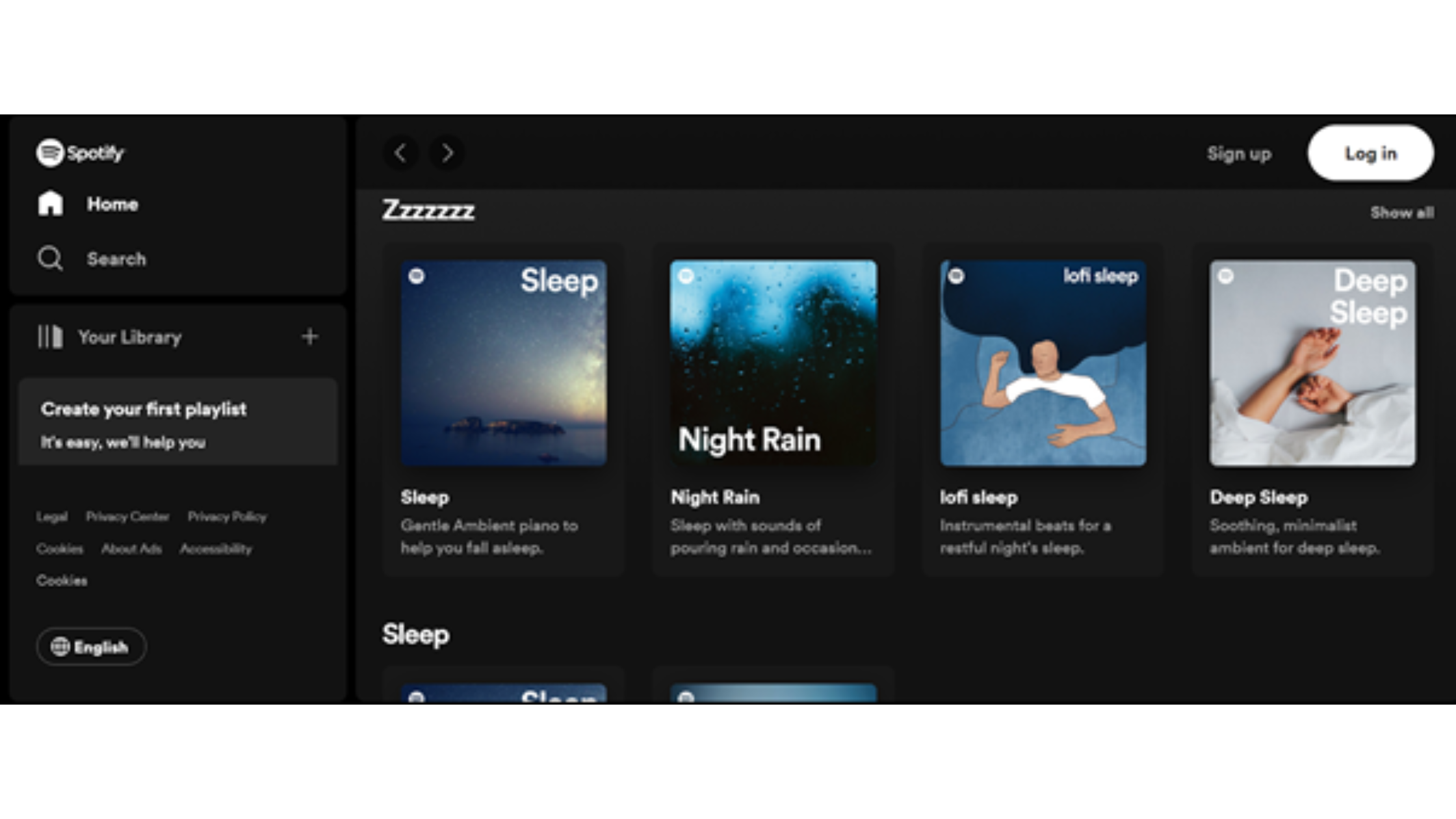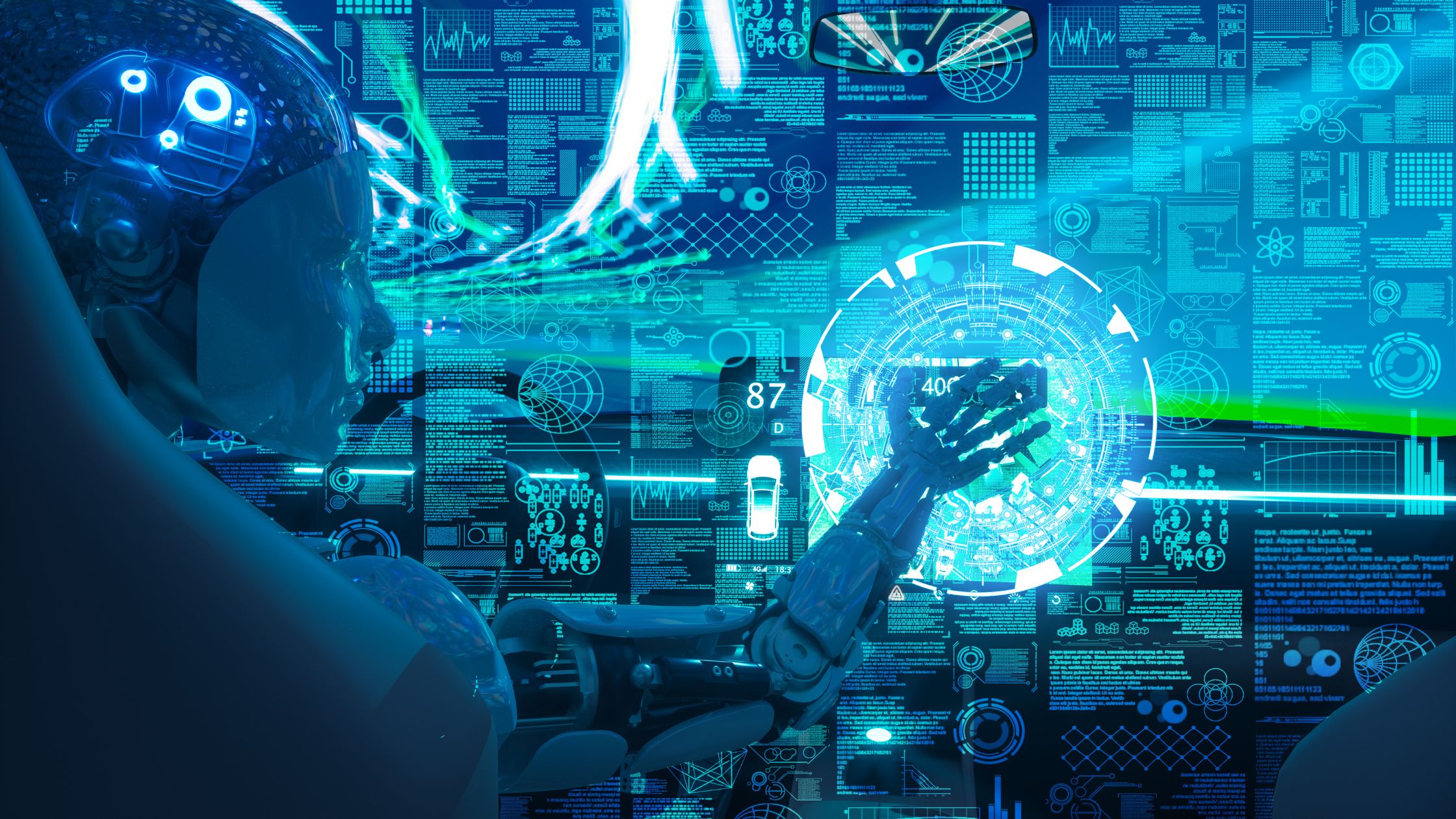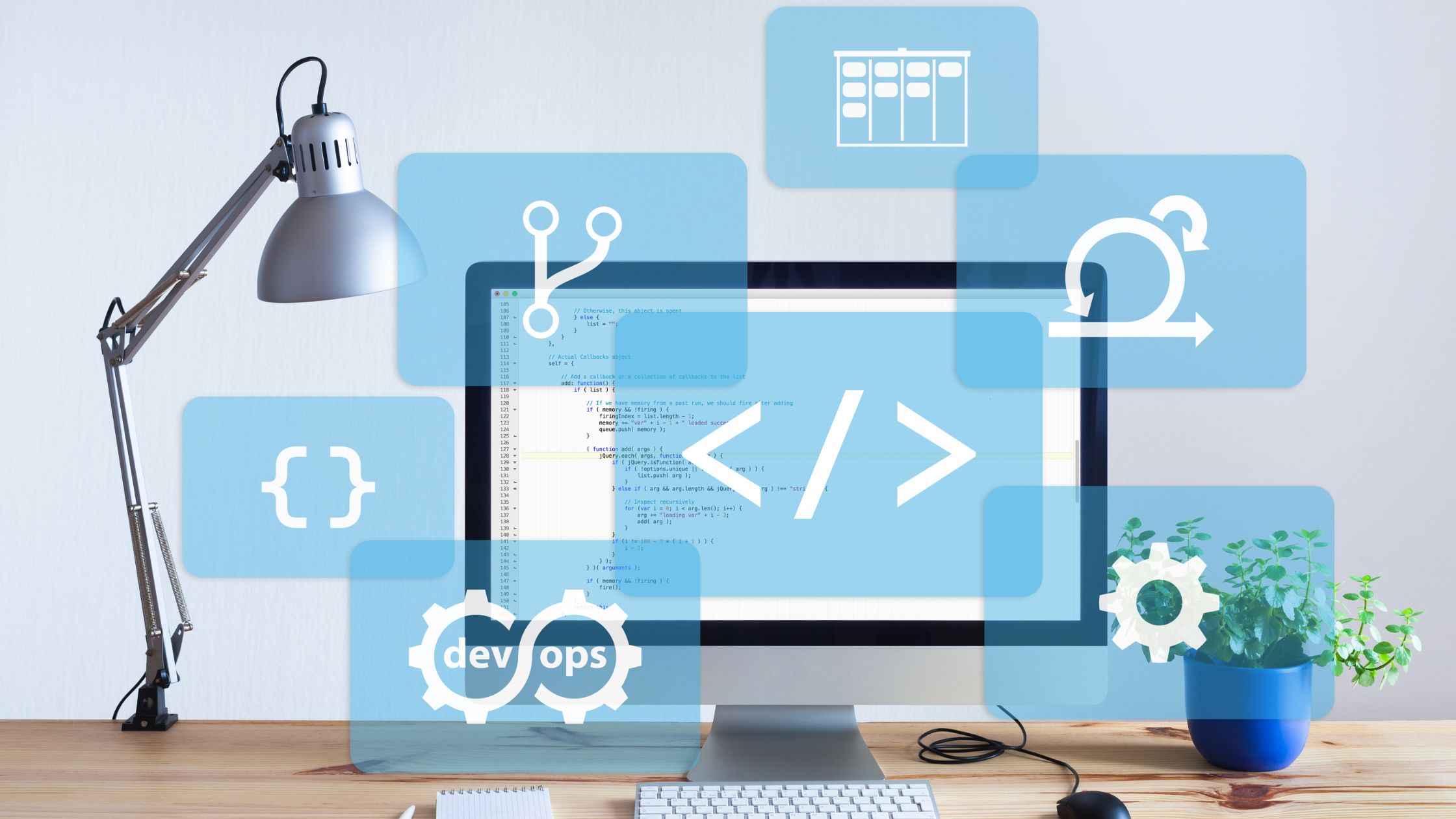Why Modernize?
In today’s dynamic business environment, legacy applications can become a burden. Manual processes create bottlenecks, hindering growth and scalability. Application modernization offers a solution, transforming these applications into a cloud-based, agile model.
Application modernization is the process of changing and migrating an enterprise’s existing software applications to a scalable and agile cloud-based model. It transforms a monolithic, legacy technology framework into a distributed, microservices-based architecture using state-of-the-art contemporary technology and AI-driven modernization techniques.
Benefits of Modernization
> Increased Agility and Flexibility: Modern applications adapt to changing business needs, allowing you to innovate faster.
> Enhanced Scalability: Cloud-based infrastructure scales seamlessly to meet fluctuating demands.
> Reduced Costs: Cloud services eliminate the need for expensive in-house IT infrastructure.
> Improved Security: Cloud providers offer robust security to protect your data.
> Streamlined Operations: Automation eliminates manual tasks, boosting efficiency.
The 4-Step Modernization Process
Assessment and Analysis
A process improvement initiative typically begins with a comprehensive assessment to optimize efficiency. This involves thoroughly examining existing workflows, the applications that support them, and any gaps or inefficiencies within the system. By analyzing this data, bottlenecks and areas for improvement can be identified. Additionally, redundancies in both data and processes are pinpointed. This assessment also explores opportunities for automation and cloud migration. Finally, the analysis considers potential risks, both internal and external, and identifies processes that contribute to those risks. This holistic approach provides a strong foundation for implementing effective changes.
> In this stage…
Identify and document existing processes, workflows, and applications. Pinpoint bottlenecks, inefficiencies, and data redundancies. Analyze internal and external risks associated with current processes. Evaluate opportunities for automation and cloud migration.
Future-State Design
Having identified areas for improvement, the initiative can now focus on designing a future state. This involves defining streamlined processes that directly align with the organization’s business goals. Workflows are then optimized to eliminate redundancies and inefficiencies. To create a more resilient system, internal business risks are minimized while mitigation plans are devised to address both external and internal threats. Finally, a new data and technology architecture is designed. This leverages cutting-edge technologies and cloud-based platforms to further enhance efficiency and reduce risks.
> In this stage…
Define streamlined processes aligned with your business goals. Minimize internal risks and create mitigation plans for external ones. Design a new data and technology architecture to leverage cloud platforms and services.
Modernization Strategy
The initiative then translates the designed future state into action. This involves creating a detailed implementation plan for the modernized application framework, outlining the migration strategy to seamlessly transition from the old system to the new. Additionally, a comprehensive risk-mitigation plan is established to address potential challenges during implementation. Finally, a crucial component involves reskilling the workforce. This ensures employees possess the necessary knowledge and expertise to navigate the new technologies, processes, and organizational framework, fostering a smooth transition and maximizing the initiative’s success.
> In this stage…
Develop a plan for implementing the modernized application framework. Define a migration strategy to transition from legacy to modern applications. Plan for risk mitigation and employee reskilling in new technologies and processes.
Execution and Stabilization
In the final stage, the meticulously crafted implementation plan is executed, transforming the application framework to the new, modern state. To safeguard against unforeseen issues, controls and audit mechanisms are put in place to enable ongoing monitoring and maintenance. Continuous monitoring ensures consistent performance, delivers the desired results, and maintains compliance with regulations. This focus on stability extends to the smooth migration of technology, processes, and people. By seamlessly integrating these elements into the organization’s transformed business and technology landscape, the initiative achieves its intended goals and paves the way for a more efficient future.
> In this stage…
Execute the plan, transforming your application framework to a modern one. Implement controls and audit mechanisms for ongoing monitoring and maintenance. Monitor operations to ensure consistent performance, compliance, and seamless integration of technology, processes, and people.
Embrace Change for Exponential Growth
Legacy organizations, accustomed to established processes and aging technology, often resist change. However, agile competitors with innovative ideas force their hand. A common pitfall is the misconception that a mere technology upgrade will suffice.
Digital transformation, encompassing application modernization, demands a holistic approach. Re-evaluating processes, workflows, technology, and business strategy is key. A lean organization equipped with automation, skilled personnel, cloud-based services, and an agile mindset fosters innovation, creating products and services that propel it ahead of the curve.
The Future of Transformation
The future lies in AI-driven modernization. This involves adopting systems powered by intelligent decision-making via AI tools and techniques. Leveraging sophisticated machine learning algorithms trained on valuable historical data sets allows for accurate predictions that steer optimal business choices.

AlignMinds: Your Partner in Digital Transformation
AlignMinds helps you navigate the entire digital transformation journey, ensuring your organization is equipped to face present and future challenges.
So, get ready to embark on your journey to innovation with AlignMinds. Connect with us today, and let’s transform your business for the digital age together. Your future is digital, and we are here to guide you every step of the way.
Reach out now to start the conversation!













































